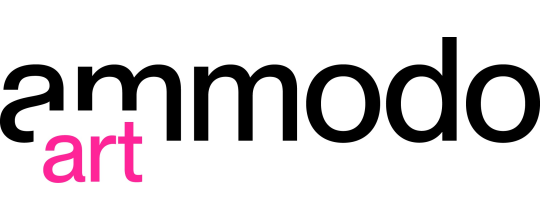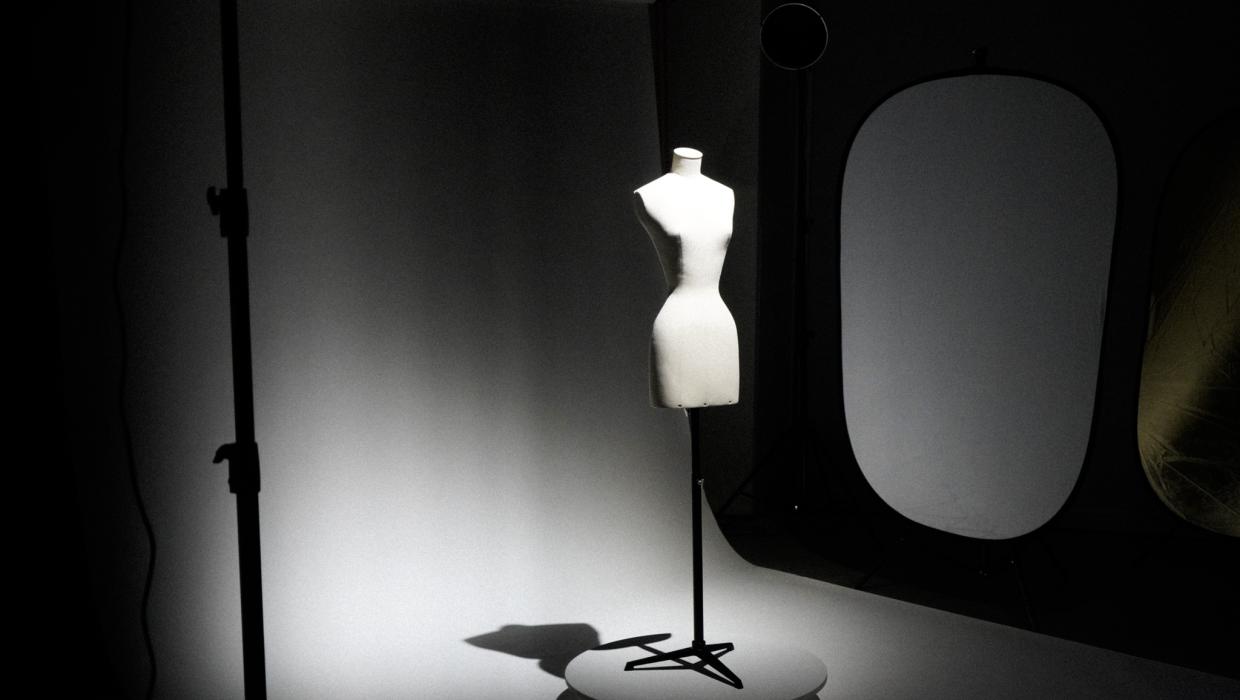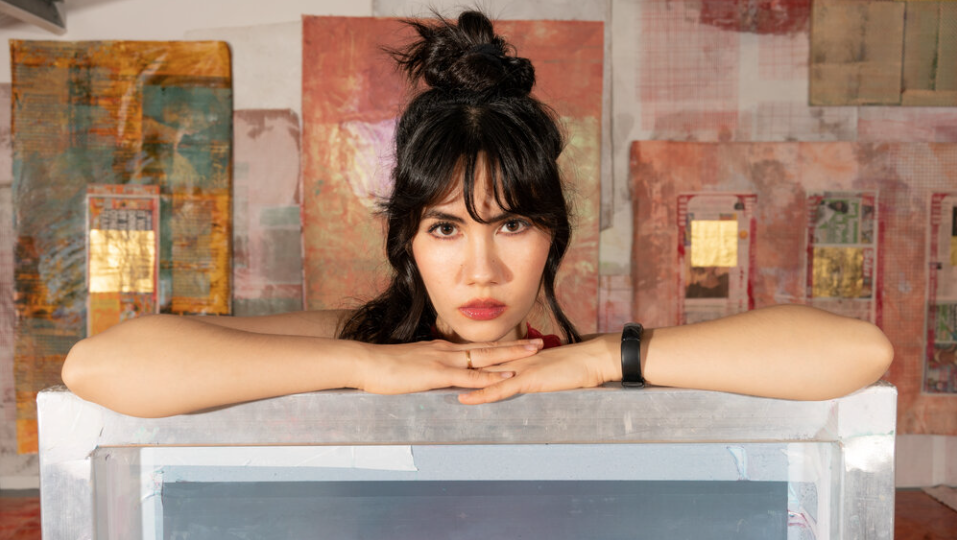’Latifa Echakhch’s work brings together apparent contrasts: it is conceptual as well as romantic, political and poetic.’
Curator Nina Folkersma

Sensory Spaces 14 Latifa Echakhch
Sensory Spaces is a series of commissioned solo projects presented in the Willem van der Vorm Gallery, located in the freely accessible exhibition space in the mu-seum’s entrance hall. Artists are invited to respond to the architectural qualities of the space, emphasizing notions of transformation and surprise.
Echakhch makes works, often in the form of compositions with existing objects, which have a strongly emotional, melancholic and sometimes even violent expressive power. At the same time her work is characterized by a minimalist pictorial idiom, with an acute sense of form and an economy of means. Echakhch excels in eliminating the superfluous and maintaining a balance between form and content. Visitors who see her work often witness the fallout from an action: coloured glass shards from smashed teacups (Erratum, 2009), the scratched-out remains of a mural (Cross Fade, 2017) or prayer mats where the middles have been cut out so that only the fringed edges remain, like empty frames (Frame, 2008). Visitors only see what is left, so they must call upon their powers of imagination.

The notion of absence plays a major role in Echakhch’s oeuvre. Something that is absent or intangible – a homeland, a national identity – can have a huge and lasting impact. Yet it would be too easy to reduce her work to a melancholy reflection of ostensibly lost cultural roots. Concepts like ‘identity’, ‘origin’ and ‘belonging’ do play a role in her work, but are deconstructed rather than empowered. She uses objects, motifs and materials that are supposedly ‘Arabic’ or ‘oriental’, and thus supposed to define her culturally, but then she hollows them out or smashes them to bits – like the Moroccan teacups which are just as exotic to her as to everyone else.
Another example is the work Stoning (2010), a collection of loose stones that the artist threw forcibly against the walls of a gallery. The work inexorably conjures up the image of a stoning and is a silent indictment of this method of capital punishment, with a long history in Christian iconography and still in use in some Islamic countries . At the same time, the work holds echoes from recent art history, for example the minimalist sculptures by Richard Long and the performance Stoning the Refrigerator (1996) by Jimmie Durham. Echakhch feels a strong need to undermine preconceived ideas about identity, nationality and cultural tradition. Although this is sometimes accompanied by a violent force, the political content of her work is never frontal or one-dimensional, but rather subtle and poetic.
Biography Latifa Echakhch
Latifa Echakhch (born 1974 in El Khnansa, Morocco) lives in Martigny, Switzerland. Solo exhibitions have been held at venues including Kunstmuseum Linz, Austria (2015); Museum Haus Konstruktiv, Zurich (2015); Centre Pompidou, Paris (2014); MAC, Musée d’art contemporain de Lyon (2013); Hammer Museum, Los Angeles (2013); Portikus, Frankfurt am Main (2012); Kunsthaus, Zurich (2012); MACBA, Barcelona (2010); Kunsthalle Fridericianum, Kassel (2009); and Tate Modern, London (2008). Her work has been part of numerous group exhibitions at Institute of Contemporary Arts Singapore (2016); Museo Riso, Palermo (2015); Power Station of Art, Shanghai, China (2014); Musée d’Art Moderne de la Ville de Paris (2013);
MoMA PS1, New York (2013); Kunsthalle Basel (2010), Baibakov Art Projects, Moscow (2010); Jerusalem Foundation (2008); and National Gallery of Art, Tirana (2005). She has participated in the 15th Istanbul Biennale (2017), Sharjah Biennial 11 (2013); the 18th Biennale of Sydney (2012); 54th Venice Biennale (2011); the 10th Biennale de Lyon (2009) and the Manifesta 7 in Bolzano, Italy (2008).
Latifa Echakhch received the Zurich Art Prize in 2015 and the Prix Marcel Duchamp in 2013. She is represented by kamel mennour (Paris), Galerie Eva Presenhuber (Zürich) and Dvir Gallery (Tel Aviv).
Guest curator: Nina Folkersma
Essay Sensory Spaces 14 - Latifa Echakhch
Each exhibition will be accompanied by a bilingual booklet with an essay by the curator:
- Essay Sensory Spaces 14 Download PDF
Sensory Spaces Series
Sensory Spaces is a series of commissioned solo projects presented in the Willem van der Vorm Gallery, located in the freely accessible exhibition space in the museum’s entrance hall. Artists are invited to respond to the architectural qualities of the space, emphasizing notions of transformation and surprise.

Sensory Spaces 1 - Oscar Tuazon
American artist Oscar Tuzaon has kicked off this new series. In this open space Tuazon has arranged several sculptural constructions. The artist fuses architectural and...
Read more
Sensory Spaces 2 - Sabine Hornig
Sabine Hornig (Germany, lives in Berlin) is known for making photographs, sculptures and installations that distort or intensify our experience of space and time. At first glance, her work can appear deceptively simple, but...
Read more
Sensory Spaces 3 - Elad Lassry
Elad Lassry focuses on the workings of the photographic image, both on a two-dimensional plane and in three-dimensional space. ‘Pictures,’ says Lassry, ‘are so very like what we see, and so very unlike what we see.’ He strips...
Read more
Sensory Spaces 4 - Liu Wei
Museum Boijmans Van Beuningen asked Liu Wei (Beijing, 1972) to make a site-specific for the forth edition of Sensory Spaces. Liu Wei’s work deals with China’s rapid modernization and urban growth. Literally using the materials a city is made of, he takes...
Read more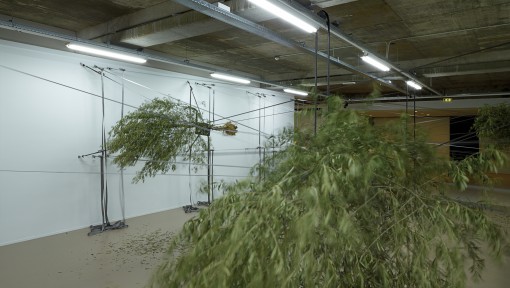
Sensory Spaces 5 - Siobhán Hapaska
The fifth site-specific installation is made by Siobhán Hapaska. Siobhán Hapaska (Belfast, 1963) makes installations that speak to all the senses. She uses organic and synthetic materials and works on the border between...
Read more
Sensory Spaces 6 - Sara VanDerBeek
For the sixth edition of the series Sensory Spaces Sara VanDerBeek (Baltimore 1976) walked around Rotterdam for several days; she photographed what she saw and built an archive of images. From this experience, she has created a modular installation...
Read more
Sensory Spaces 7 - Aleksandra Domanović
For the seventh edition Aleksandra Domanović (Novi Sad, Yugoslavia 1981) has made an installation that examines themes such as reproduction and representation and man and machine. In the Willem van der Vorm Gallery a cluster of semi-transparent foils printed with images that include...
Read more
Sensory Spaces 8 - Mike Nelson
Museum Boijmans Van Beuningen invited the British artist Mike Nelson (Loughborough 1967) to produce a work for Sensory Spaces 8. Nelson presented ‘Amnesiac Shrine’, an installation made up of a set of successive artworks that combine to form an...
Read more
Sensory Spaces 9 - Beni Bischof
Beni Bischof is the ultimate mix and matcher: in all his work he combines and adapts existing images, texts and situations. His work can be read as an ironic commentary on the banality of everyday life. And he doesn’t...
Read more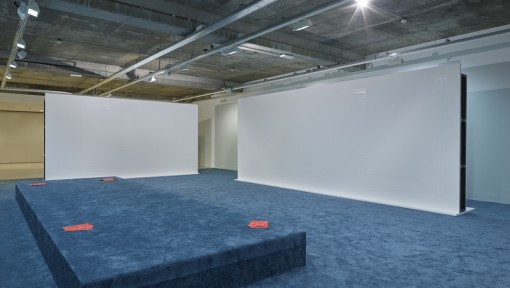
Sensory Spaces 10 - Olaf Nicolai
For the tenth edition of the ongoing series Sensory Spaces, Nicolai presented a site-specific adaptation of the works ‘Probestück 1, 2 and 3’. Following the Greek composer Iannis Xenakis’ (1922-2001) definition of architecture as ‘petrified music’, it investigates...
Read more
Sensory Spaces 11 - Raphael Hefti
Hefti's work is experimental, it untilizes chemical and technical processes with industrial equipment in order to discover new things. His work includes many aspects; nature and industry, abstraction and figuration. Hefti often works with engineers, scientists and even...
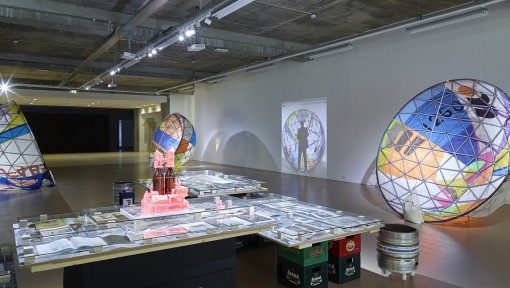
Sensory Spaces 12 - Abraham Cruzvillegas
Cruzvillegas builds his sculptures from found materials, a principle he calls ‘autoconstrucción’. His work is an expression of human reality...
Read more
Sensory Spaces 13 - Anne Hardy
For the thirteenth edition of the Sensory Spaces series the British artist Anne Hardy will present a new site-specific FIELD work. Anne Hardy makes large-scale installations in which objects, light, color and sound seem to take on a life of their own. She invites ...
Read more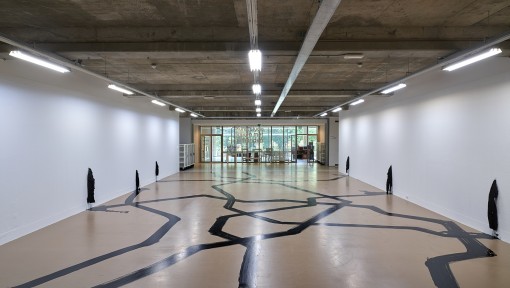
Sensory Spaces 14 - Latifa Echakhch
Latifa Echakhch presents a new installation for the fourteenth edition of Sensory Spaces in Museum Boijmans Van Beuningen. It is the first time this internationally-renowned artist – winner of the 2013 Marcel Duchamp...
Read more
Sensory Spaces 15 - Sol Calero
Sol Calero has created a colourful meeting place: a patio-like setting where visitors can relax or enter into conversation with each other. Calero is known for scrutinising cultural clichés, especially those...
Read more

